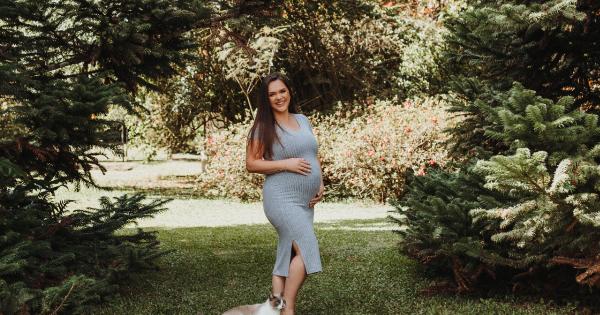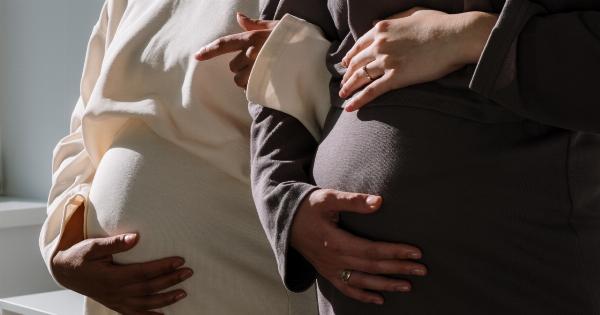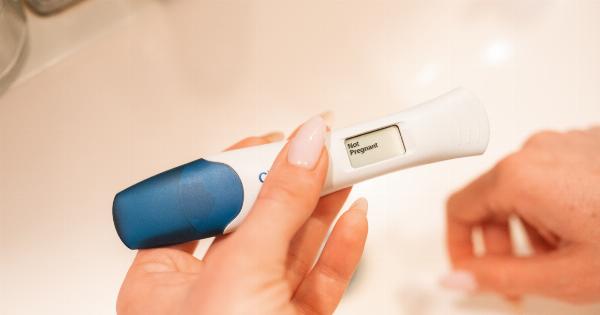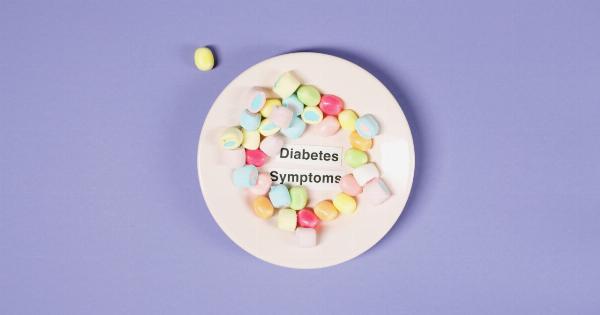Assisted reproductive technologies, such as in vitro fertilization (IVF), have helped millions of couples worldwide overcome infertility. But even though IVF has many benefits, it also comes with some risks.
Preeclampsia is one of those risks that women undergoing IVF need to be aware of. In this article, we will explore the link between frozen IVF embryos and preeclampsia and what you need to know about them.
What is Preeclampsia?
Preeclampsia is a complication of pregnancy that affects around 5-8% of women worldwide. It is characterized by high blood pressure and damage to internal organs, most commonly the liver and kidneys.
Preeclampsia can lead to serious maternal and fetal complications, such as placental abruption, fetal growth restriction, and preterm delivery. The exact cause of preeclampsia is unknown, but it is believed to be related to problems with the blood vessels in the placenta.
What is IVF?
IVF is a procedure in which a woman’s eggs are collected and fertilized with sperm in a laboratory dish.
After fertilization, the resulting embryos are grown in the laboratory for several days before being transferred into the woman’s uterus for implantation. IVF is a complex and expensive procedure that is used when other fertility treatments have failed or are unlikely to be successful.
One of the benefits of IVF is that it allows for the freezing of excess embryos for future use, either in subsequent IVF cycles or for donation to other couples.
The Link between Frozen IVF Embryos and Preeclampsia
Several studies have suggested that frozen embryos from IVF may be associated with a higher risk of preeclampsia than fresh embryos.
In one large study from Sweden, researchers found that women who had frozen embryo transfers had a 1.6-2.5 times higher risk of preeclampsia than women who had fresh embryo transfers. The study, which looked at over 50,000 pregnancies, also found that the risk increased with the number of frozen embryo transfers that a woman had.
The reason for the increased risk of preeclampsia with frozen embryos is not entirely clear. One theory is that freezing and thawing the embryos can cause damage to the placenta, which can lead to problems with blood vessel development.
Another theory is that the hormonal environment in a frozen embryo transfer cycle may be different from that in a fresh cycle, which could affect the development of the placenta.
Reducing the Risk of Preeclampsia with IVF
Even though the risk of preeclampsia is higher with frozen embryos, it is important to note that the overall risk is still relatively low.
Furthermore, IVF has many benefits that make it a valuable treatment option for couples struggling with infertility. Nevertheless, there are some steps that can be taken to reduce the risk of preeclampsia for women undergoing IVF:.
1. Limit the number of frozen embryo transfers:
As the risk of preeclampsia increases with the number of frozen embryo transfers, it is important for women to try to limit the number of transfers. This may mean using fresh embryos for the first cycle and only freezing excess embryos for future use.
2. Optimize embryo quality:
Higher-quality embryos are less likely to result in preeclampsia. Therefore, it is important for couples undergoing IVF to work closely with their fertility specialist to optimize embryo quality.
This may involve taking steps to improve sperm quality, using preimplantation genetic screening to select the best embryos, or using natural cycle IVF to mimic a more natural hormone environment.
3. Monitor for signs of preeclampsia:
Early detection and treatment of preeclampsia can reduce the risk of serious complications.
Therefore, women who become pregnant after IVF should be monitored closely for signs of preeclampsia, such as high blood pressure, protein in the urine, or rapid weight gain. If preeclampsia is diagnosed, the woman may need to be hospitalized and given medications to lower her blood pressure and prevent seizures.
Conclusion
Preeclampsia is a serious complication of pregnancy that affects a small but significant number of women undergoing IVF.
Frozen embryos may be associated with a higher risk of preeclampsia than fresh embryos, although the overall risk is still relatively low. Couples undergoing IVF can take steps to reduce the risk of preeclampsia, such as limiting the number of frozen embryo transfers, optimizing embryo quality, and monitoring for signs of preeclampsia during pregnancy.






























